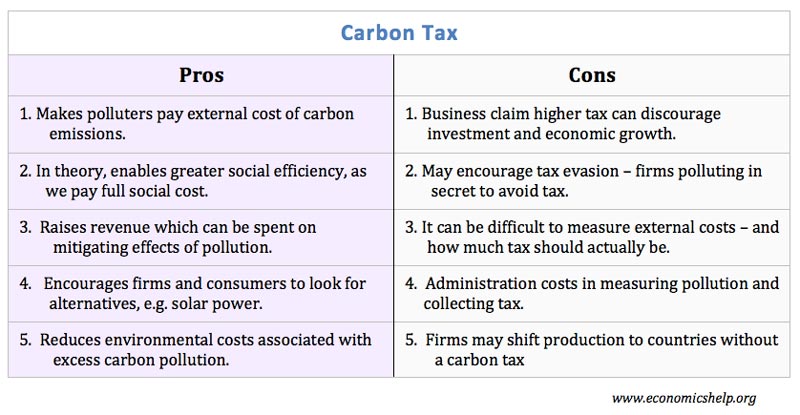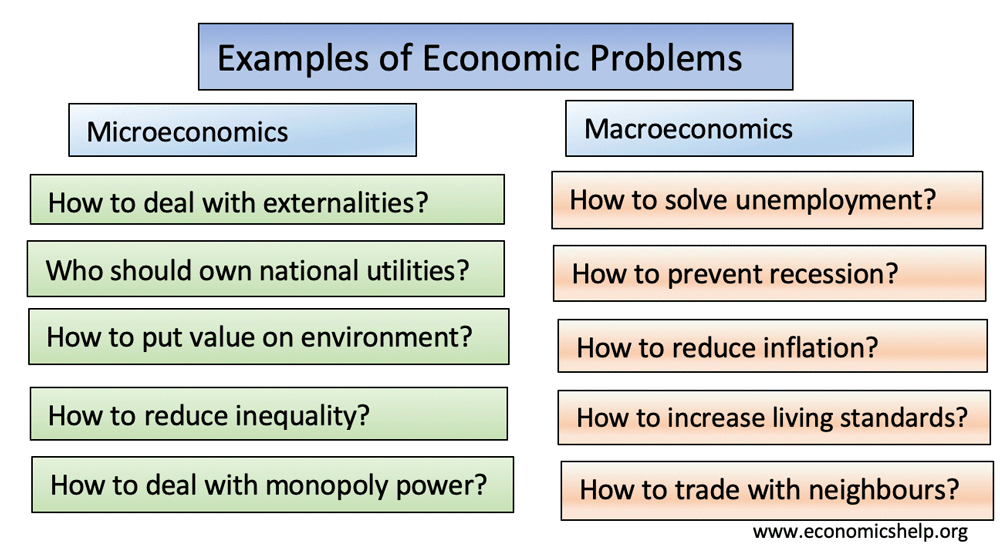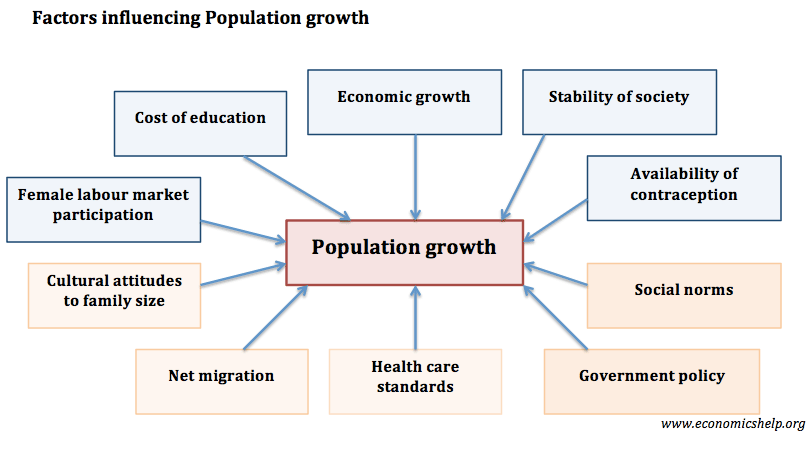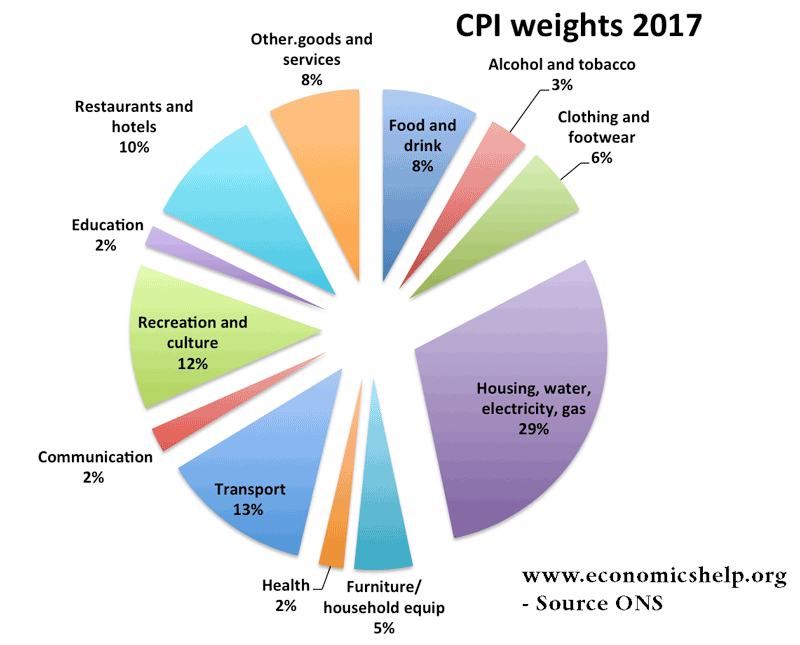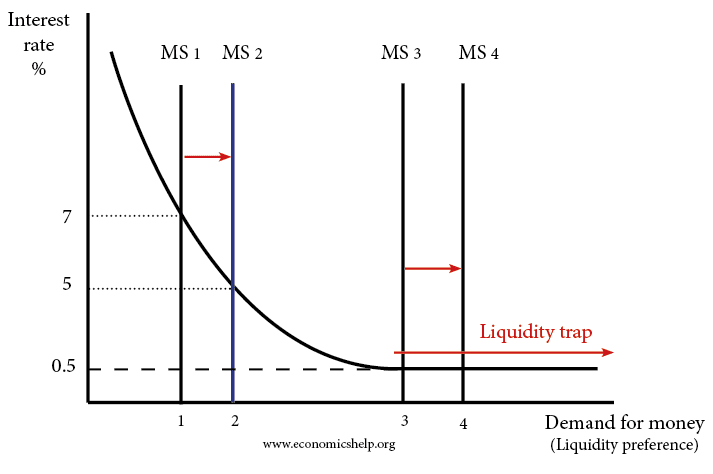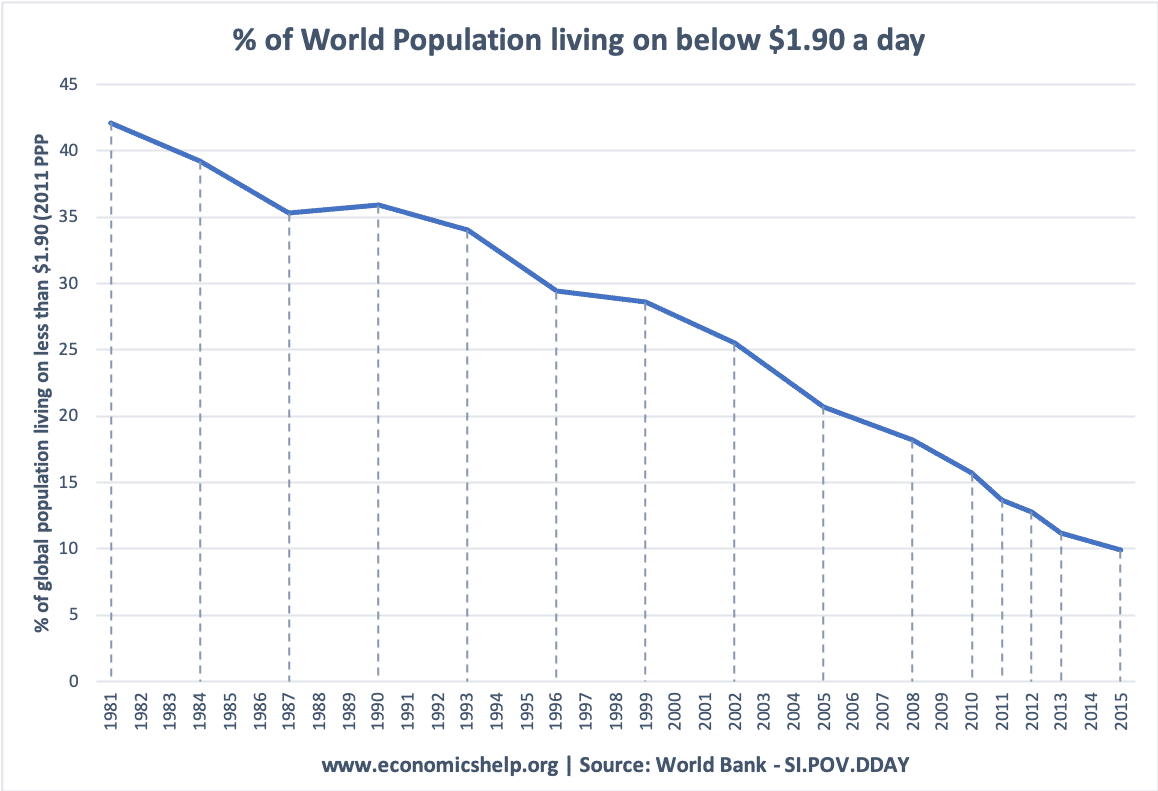Readers Question: What does the Government spend its money on?
The government spends money for a variety of reasons:
- Reduce inequality (welfare payments like unemployment benefit).
- Provide public goods (fire, police, national defence)
- Provide important public services like education and health (merit goods)
- Debt interest payments.
- Transport
- Military spending
UK public sector spending 2023-24
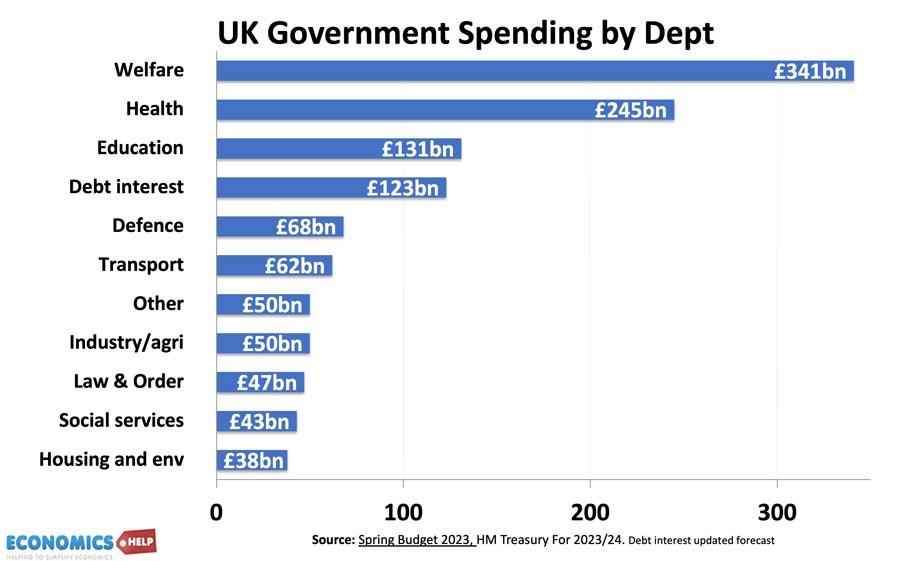
In the UK, the biggest department for public money is social security. This takes almost a quarter of all public spending. It goes on financing a variety of benefits (State pensions, public sector pensions, housing benefits, income support, disability/incapacity benefits, unemployment benefits).
EU spending is £14.7bn (2014). Net spending £9.9bn. See more at the cost of EU
See also: Public Spending at UK Gov
Main areas of Government Spending 2015
- Public Pensions £150 billion
- Sickness and disability £40bn
- Old age pensions £107bn
- National Health Care + £133 billion
- State Education + £90 billion
- Secondary education – £25bn
- University education – £11bn
- local education spending – £48bn
- Defence + £46 billion
- Social Security + £110 billion
- State Protection + £30 billion
- Transport + £20 billion
- Railway – £5.2bn
- Roads – £3bn
- Local transport – £9bn
- General Government + £14 billion
- Executive and legislative – £5.9bn
- Other Public Services + £86 billion
- Social housing – £1.2bn
- Waste management – £9bn
- Public Sector Interest + £52 billion
Cost of EU
- Gross payment to EU – £17.2bn
- Net payment to EU – £8.6bn
- FT – EU cost
Total Spending = £731 billion
- Source: UK Public Spending

